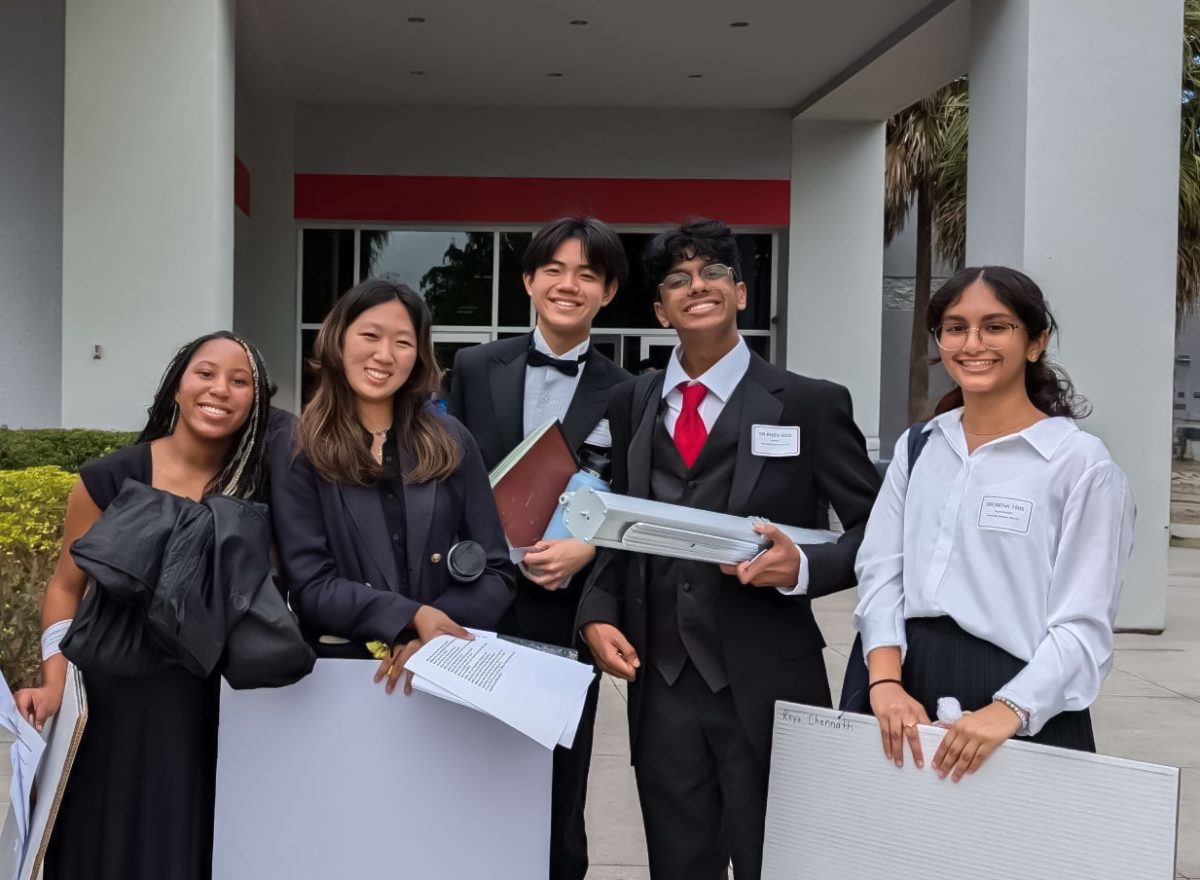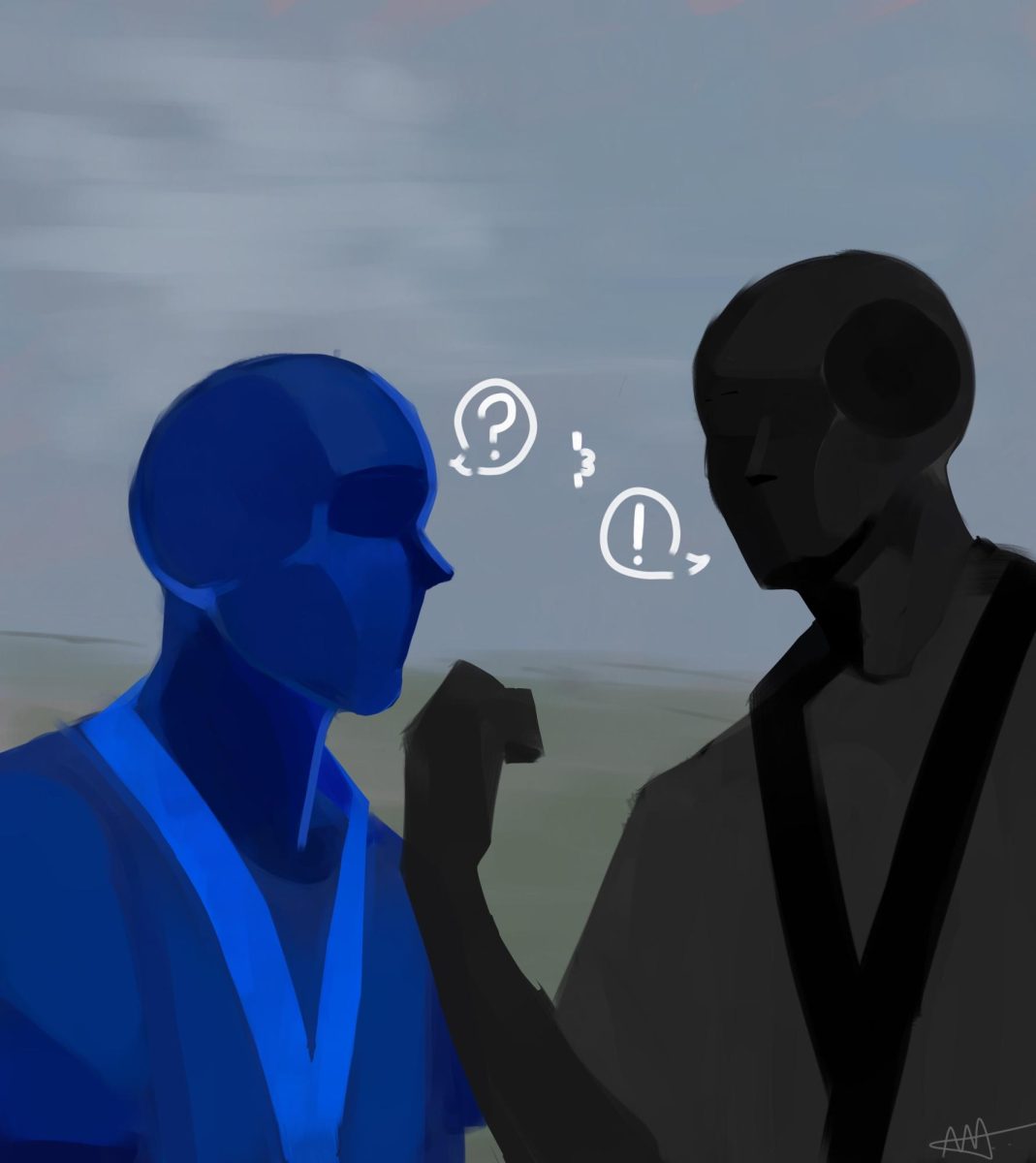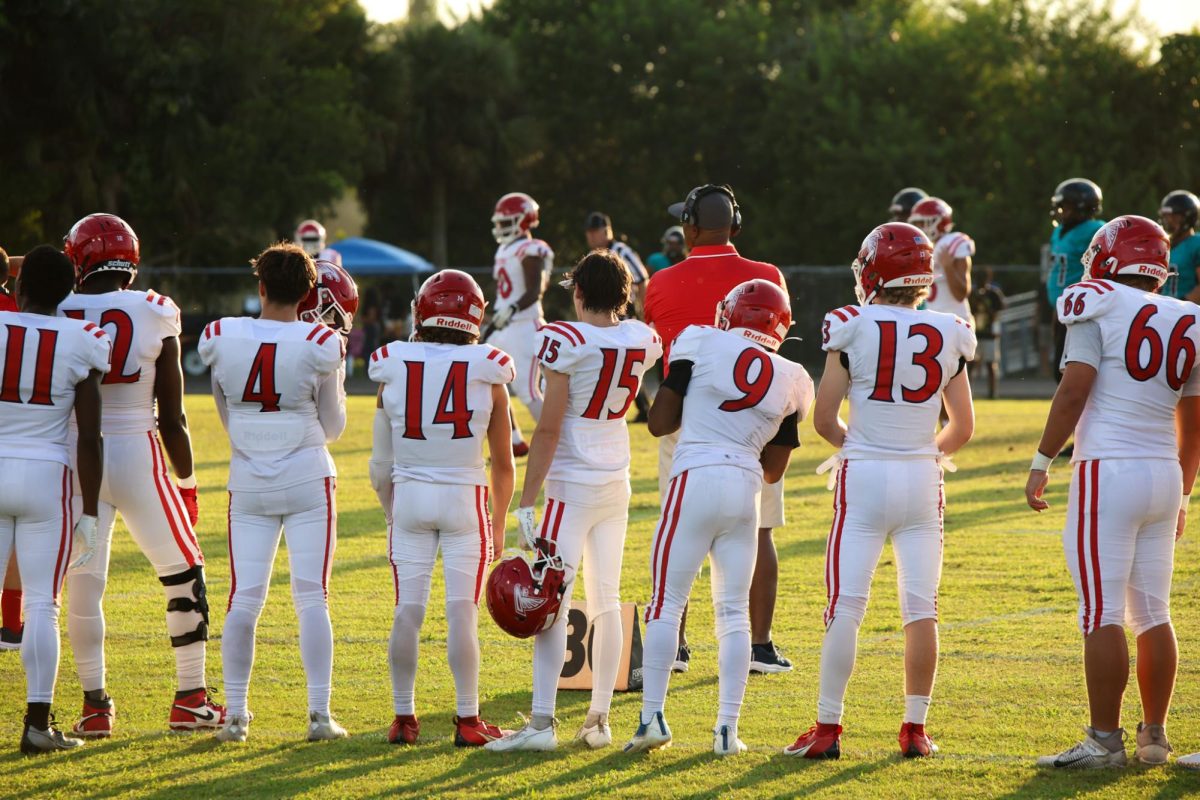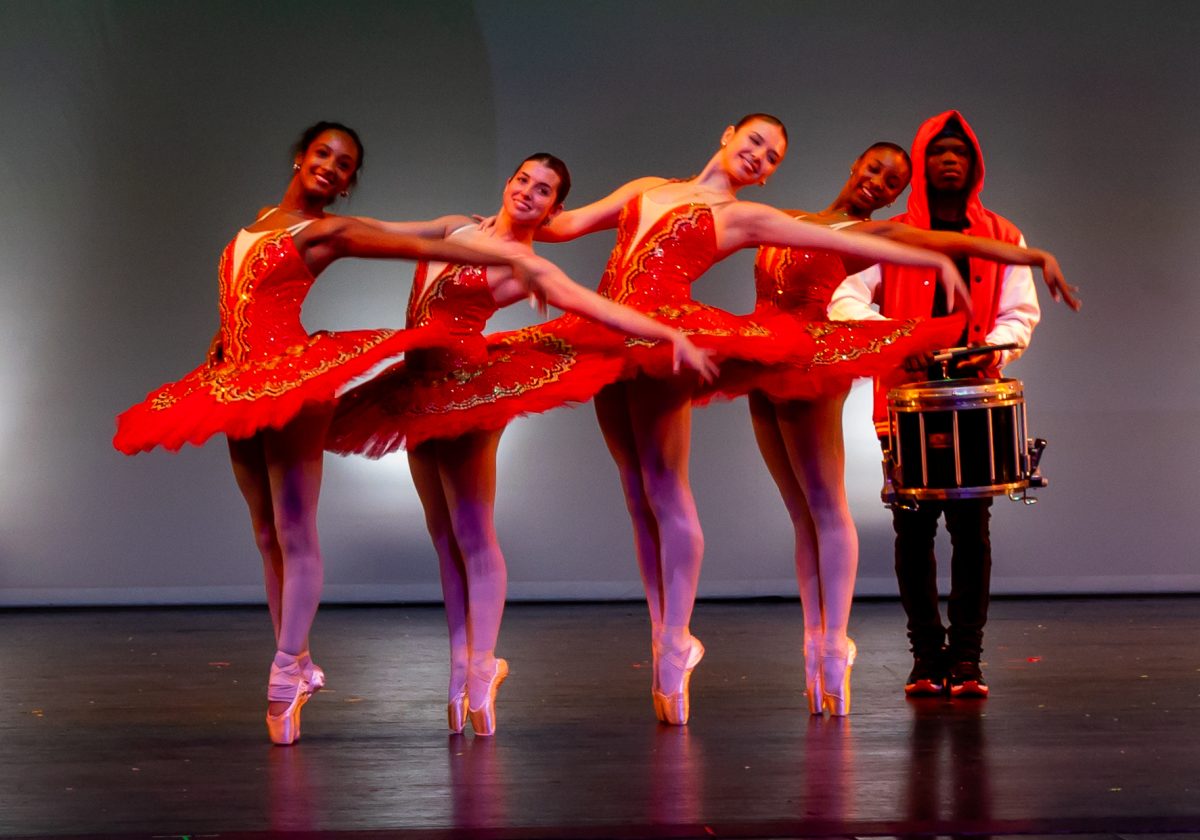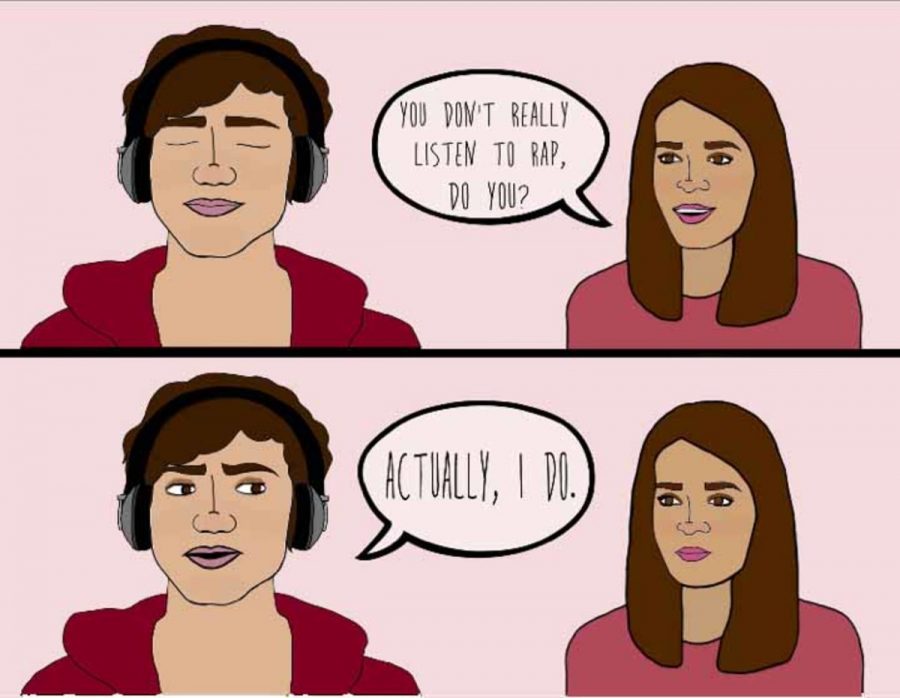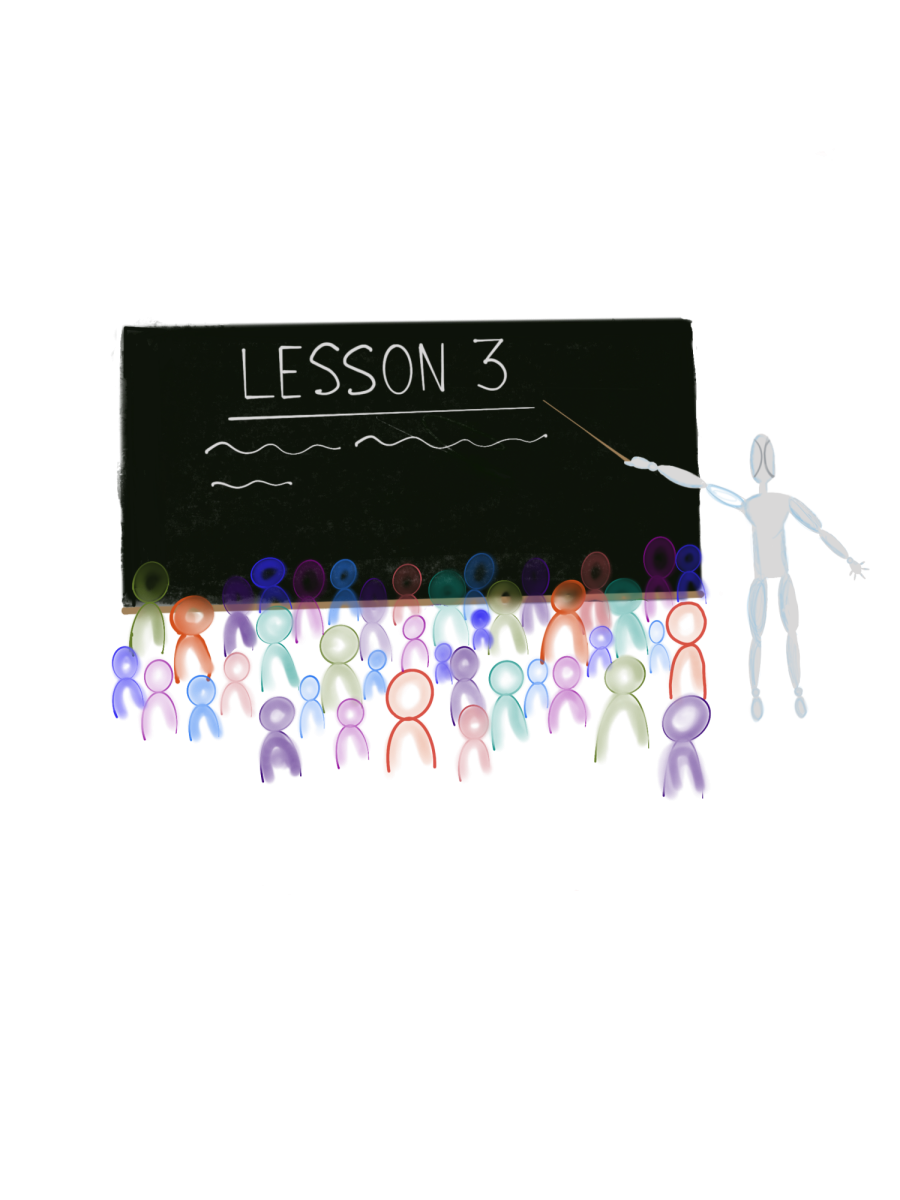Released late last year, the biopic “Straight Outta Compton” depicts the fame and struggle of N.W.A, a ‘90s music group and the posterchild of gangsta rap. In the film, N.W.A receives considerable backlash from those who demonize their particular brand of art. But now, in 2016, rap still receives the same stigma. Like all good fiction novels, rap allows people to see different perspectives and understand the human condition better. Although I’m happy that N.W.A is receiving a 21st Century reboot, I’m afraid that it will only perpetuate the stigmas of “bad music” that “has no meaning,” which have been attached, in a racist way, to rap for the past decade.
While music and the youth of the age have always evolved concurrently, the music of today has received considerable backlash from the older generation, claiming rap pollutes the mind of the youth, takes no musical talent, or isn’t music.
Chief among the list of complaints about rap is that its subject matter is not only offensive but also inappropriate. Those who grew up before the ‘90s turn down their drug-fueled, sex-crazed music and start to complain about gangsta rap, forgetting what it was to be young and what their own music sounded like. Somehow, America has a problem with talking about sex, money, or drugs in rap music, but America neglects to realize that its movies, TV shows, and most other forms of art talk about the same subjects. When I was learning about the Reconstruction Era in AP United States History class, my teacher asked us if we heard of “40 acres and a mule.” I had heard it but not from a history textbook or Wikipedia. I heard it on Kendrick Lamar’s critically acclaimed album, “To Pimp a Butterfly.” In this album, Lamar discusses a range of pressing issues, including racism and God.
Lamar’s album, which won Best Rap Album and was snubbed by Taylor Swift’s “1989” for Album of the Year, is a perfect example that shows the lyrical dexterity present in rap. His narrative skills are evident in the song “How Much a Dollar Cost” where he paints a scene of him rejecting a beggar, who later reveals himself to be God. Rap is a platform, a way to express simple to complex thoughts in a musical form. Lamar tangles with complex themes, from ego to self-doubt and from white dominance to black resilience. His expression of emotion was unparalleled among albums in recent memory.
A rap album has only won Album of the Year three times. While Taylor Swift’s album was good, I believe Lamar’s was on a different level. For example, the New York Times compiled a list of the Best Albums of 2015 from its music critics. While “To Pimp a Butterfly” consistently placed at the top, Swift’s album wasn’t mentioned once. The stigma that rap isn’t real music persists from parents and our peers to the critics that vote in Grammy winners.
Art is one of the most well known but unknown ideas. It isn’t for one person to decide whether a person’s chosen art form is art. Having attending an arts school since sixth grade, I can attest to the levels and diversity art can encompass. Just because one art form may come from a different perspective or incorporate different subjects, it doesn’t mean that it isn’t art.
When I first started listening to rap, I never told anyone. When the get-to-know-you surveys flooded in during the first week of school, I always put rock or alternative as my favorite music choice because I was afraid of being judged. I love rap. It is such a complex genre, full of different styles and subject areas. N.W.A isn’t just about being a gangster; it’s about being human with all the flaws attached. People tell me that rap isn’t real music and somehow provokes gang violence. But rap can capture the human grittiness and struggle in just a few verses. Rap isn’t the problem; it’s the solution, and of course Parental Discretion Iz Advised.









![[BRIEF] The Muse recognized as NSPA Online Pacemaker Finalist](https://www.themuseatdreyfoos.com/wp-content/uploads/2025/03/IMG_2942.jpeg)














